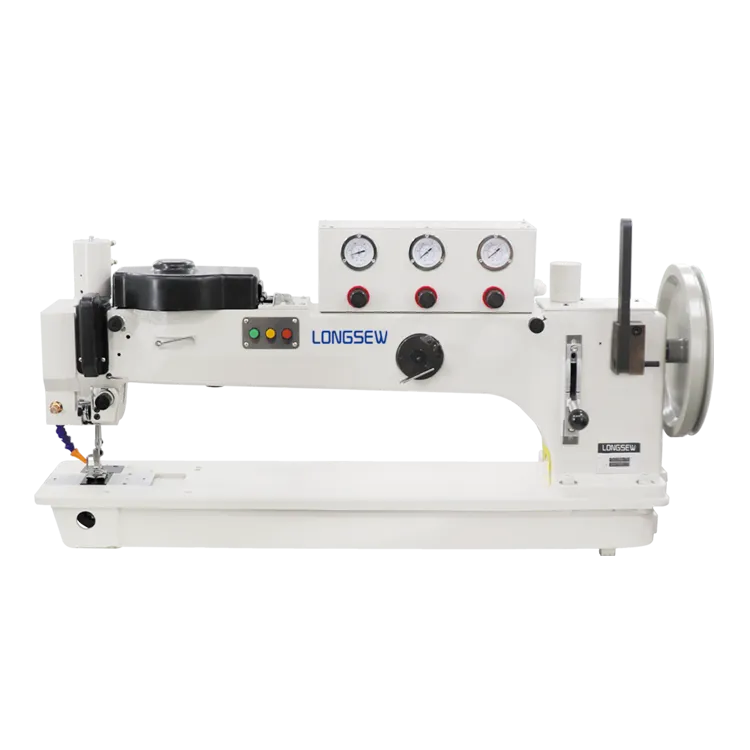stitching machine needle
The Evolution and Importance of Stitching Machine Needles
Stitching machine needles are essential components of the sewing machinery that have undergone significant transformation over the years. These small but mighty tools play a pivotal role in garment manufacturing, upholstery, and various textile applications, ensuring that fabrics are joined together efficiently and effectively. Understanding the evolution, types, and significance of stitching machine needles provides valuable insight into their role in the world of sewing.
Historically, needles have existed for thousands of years, with the earliest versions made from bone or wood. As civilization progressed, metal needles were developed, enhancing durability and performance. The advent of the sewing machine in the 19th century marked a revolutionary change in the textile industry. With this innovation came the need for specialized needles designed to handle the diverse types of fabrics and stitching techniques.
Today, stitching machine needles come in various shapes, sizes, and designs, each tailored for specific sewing tasks. The most common types of needles include universal needles, ballpoint needles, regular point needles, and special-purpose needles such as quilting needles and embroidery needles. Universal needles, for instance, are versatile tools suited for general sewing tasks, while ballpoint needles are designed specifically for knits and stretchy fabrics. Understanding these differences is crucial for achieving optimal results in sewing projects.
The needle's anatomy is another crucial factor affecting its performance. The key components of a stitching machine needle include the shaft, the eye, and the point. The shaft can vary in thickness, affecting the needle's ability to penetrate different fabric weights. The eye of the needle needs to accommodate the thickness of the thread used, while the point is designed to penetrate specific types of fabric without causing damage. For example, ballpoint needles have rounded tips that push aside fibers rather than cutting them, making them ideal for knit fabrics.
stitching machine needle

The significance of stitching machine needles extends beyond their physical characteristics. As the fashion industry evolves, so do the fabrics and materials used. Innovative textiles, such as those incorporating stretch, water-repellant finishes, or high-tech fibers, necessitate the use of specialized needles that can handle these advancements. For instance, needles designed for leather or heavy fabrics feature reinforced shafts and sharper points to ensure clean stitching and prevent breakage.
Further, the choice of needle can greatly impact the quality of the finished product. An incorrect needle selection can lead to issues such as skipped stitches, fabric puckering, or thread breakage, which can be frustrating for both hobbyists and professionals alike. Understanding the correlation between needle type and fabric choice is essential for achieving a flawless finish in any sewing project.
Moreover, needle maintenance plays a vital role in ensuring consistent sewing quality. Regularly changing needles, cleaning the sewing machine, and using the proper needle for each project can significantly improve stitching performance and prolong the life of both the needle and the machine.
In conclusion, stitching machine needles may seem like a small detail in the larger context of sewing and garment production, but their impact is profound. From their historical evolution to their specialized functions in modern sewing, these tools remain indispensable in the textile industry. By understanding their significance, selection, and maintenance, anyone from beginner sewists to seasoned professionals can enhance their sewing skills and achieve impeccable results. The next time you embark on a sewing project, take a moment to appreciate the humble stitching machine needle—it’s a tool that embodies both history and innovation in the world of textile arts.
-
Heavy Duty Leather Sewing Machine: A Must-Have for Professional LeatherworkNewsMay.28,2025
-
Leather Sewing Machine: Essential for High-Quality LeathercraftNewsMay.28,2025
-
Extra Heavy Duty Sewing Machine for Premium Leather ApplicationsNewsMay.28,2025
-
Walking Foot Cylinder Arm Sewing Machine: Precision and Power CombinedNewsMay.28,2025
-
Industrial Cylinder Arm Sewing Machine: Engineered for High-Performance StitchingNewsMay.28,2025
-
Cylinder Bed Sewing Machine: A Powerful Solution for Precision StitchingNewsMay.28,2025
-
Zigzag Sewing MachineNewsMay.12,2025





























